| |
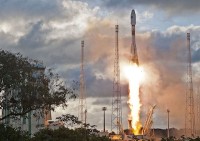
Launch of the Sentinel satellite
(spaceflightnow.com)
When in May 2012, the European satellite for remote sensing of Earth Envisat prematurely ends its activities, Europe has lost practical exploring satellite. At that time, however, the Copernicus program, a multibillion-dollar project, was already running. It is the result of collaboration between ESA and the European Commission. The first flagship, Sentinel- 1A, took off in the third April 2014 in 21h 02min 26s WT using the Soyuz -STA with the upper stage Fregat -MT from the base of Kourou.
Project Copernicus is a very ambitious project. Its plan is to carry 5 Sentinel satellites before 2015, other satellites will follow in same period until 2020. “ It’s the most ambitious program for Earth observation, which has ever been,“said Josef Aschbacher, who in ESA Space Office leads Project Copernicus. “ Nothing like this exists anywhere in the world. “
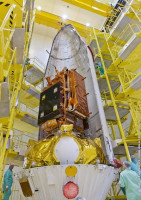
Sentinel in the Soyuz rocket
(spaceflightnow.com)
So, the first example is the Sentinel-1A with a weight of 2 300 kg, the price of $ 383. In less than a half-hour it was carried into orbit at an altitude of 693 km with a 98 ° inclination to the equator. Planned lifetime is 7 years old.
Goal of the project
Project Copernicus is a continuation of the project Envisat, focused on remote sensing of Earth. Thus, it is the equivalent of the U.S. Landsat program, which is, however, compared with Copernic significantly scanty. On the project has been worked for 10 years. Mapping of the surface will be done with radar in several bands and resolutions from 80 km to 400, with a resolution from 5 m to 40 m. Sentinel will examine the coast, the marine environment, oil spills, glaciers and their melting, and at the same time will serve to detect optimal paths naval vessels. Also, the satellites will be used for collecting data in case of natural disasters, such as earthquakes, volcanic eruptions, or floods. Sentinel-1A was produced by Thales Alenia Space of France and Italy. The cost of the entire project Copernicus are $ 10 billion.
Rolling the Soyuz rocket to the launchpad (spaceflightnow.com)
http://www.youtube.com/watch?v=1YFLyHDj4jM
Source:
spaceflightnow.com/soyuz/vs07/140404launch
blog.kosmonautix.cz/2014/04/na-prahu-nove-snimkovaci-ery
spaceflightnow.com/soyuz/vs07/140402preview
Stránka: 1 2

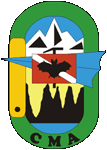
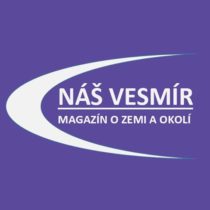





















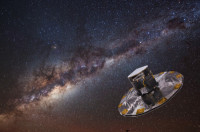
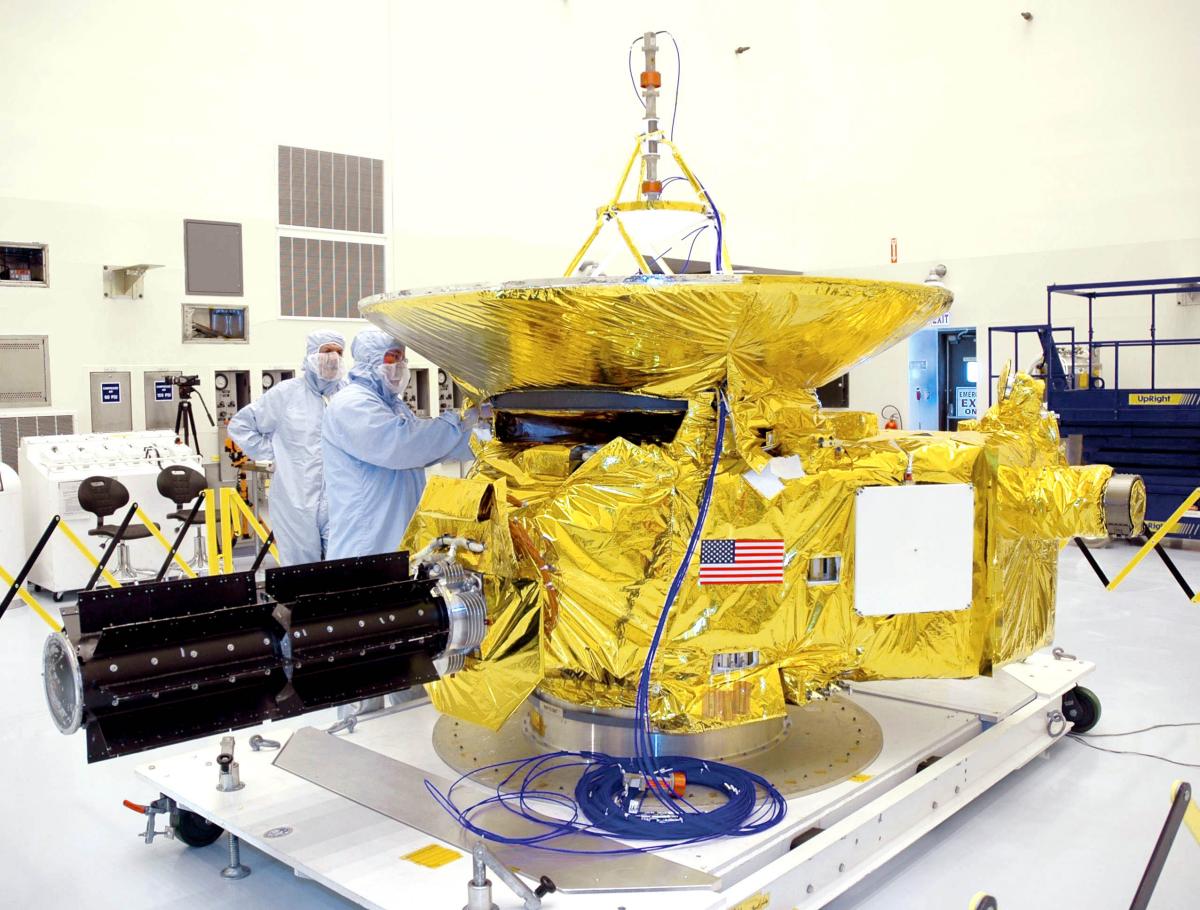
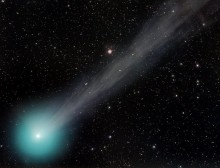
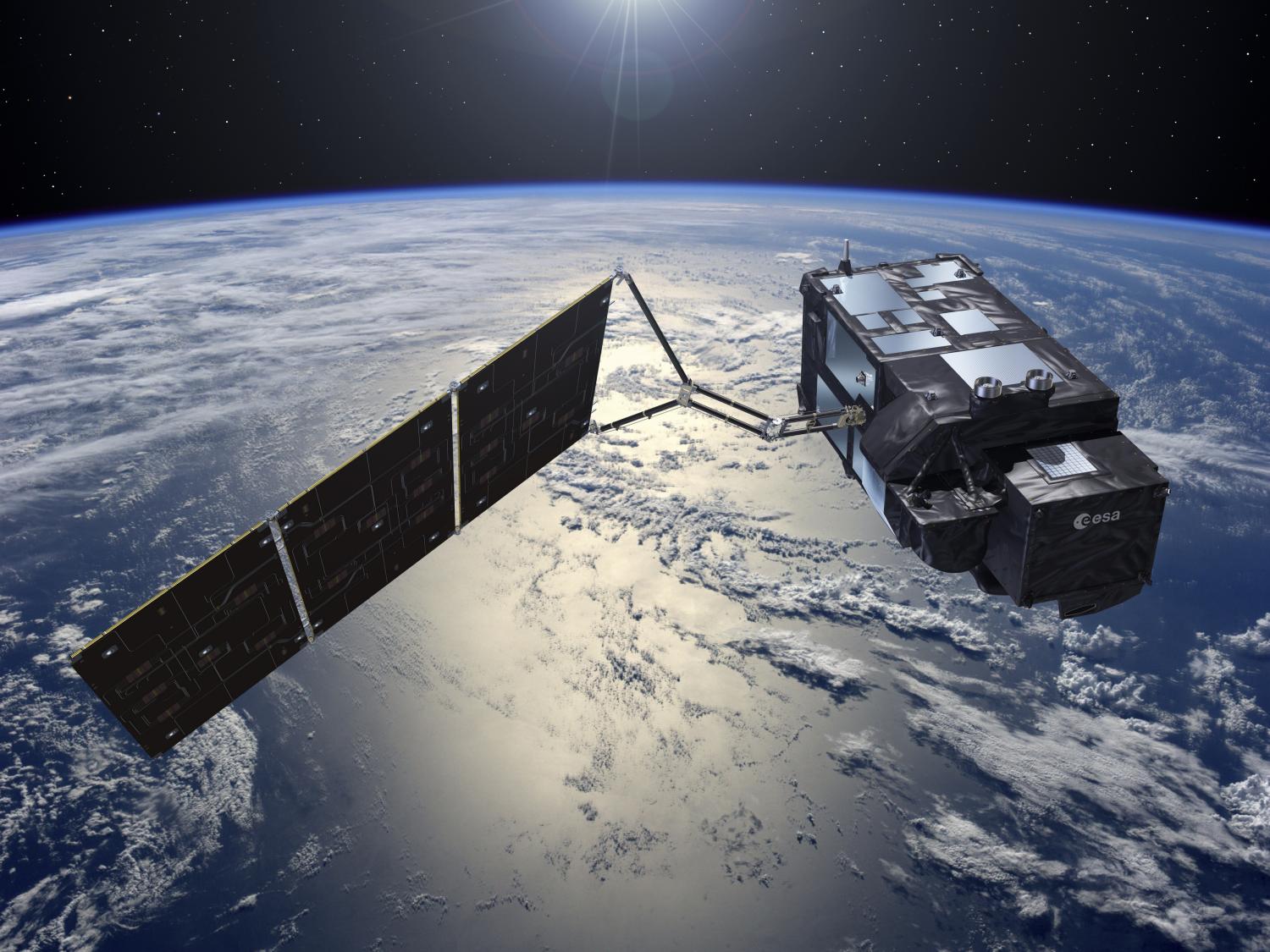
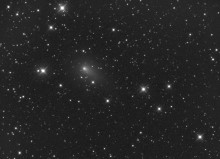
 Vyplňte prosím dotazník o používaném softwaru a dejte nám tak vědět, jaký je váš oblíbený software!
Vyplňte prosím dotazník o používaném softwaru a dejte nám tak vědět, jaký je váš oblíbený software! Microsoft odebral CERNu status akademické instituce. Proč se tak stalo? Změnil Microsoft licenční podmínky? Hrozí něco podobného i českým ústavům?
Microsoft odebral CERNu status akademické instituce. Proč se tak stalo? Změnil Microsoft licenční podmínky? Hrozí něco podobného i českým ústavům?